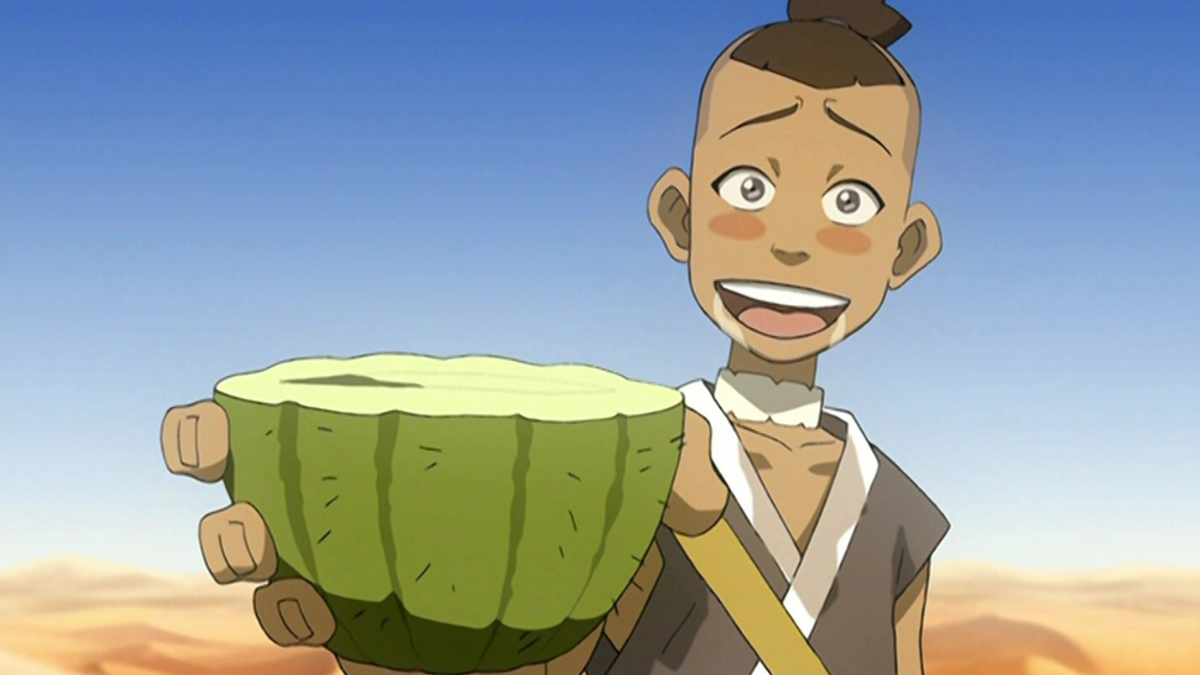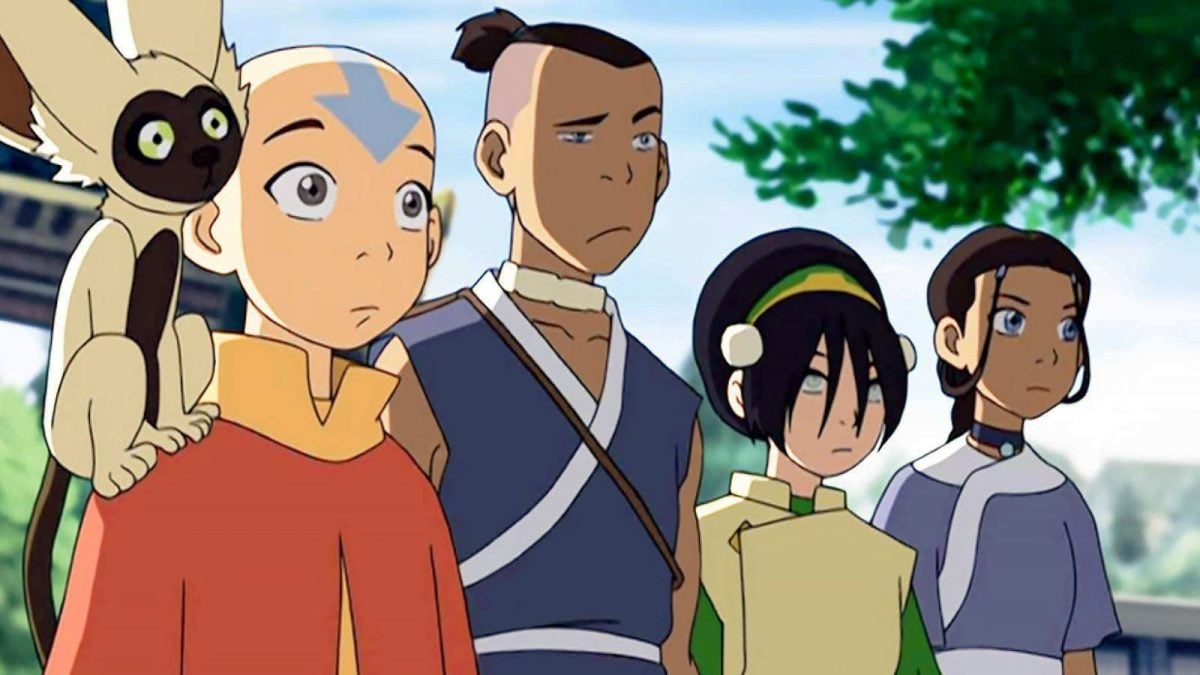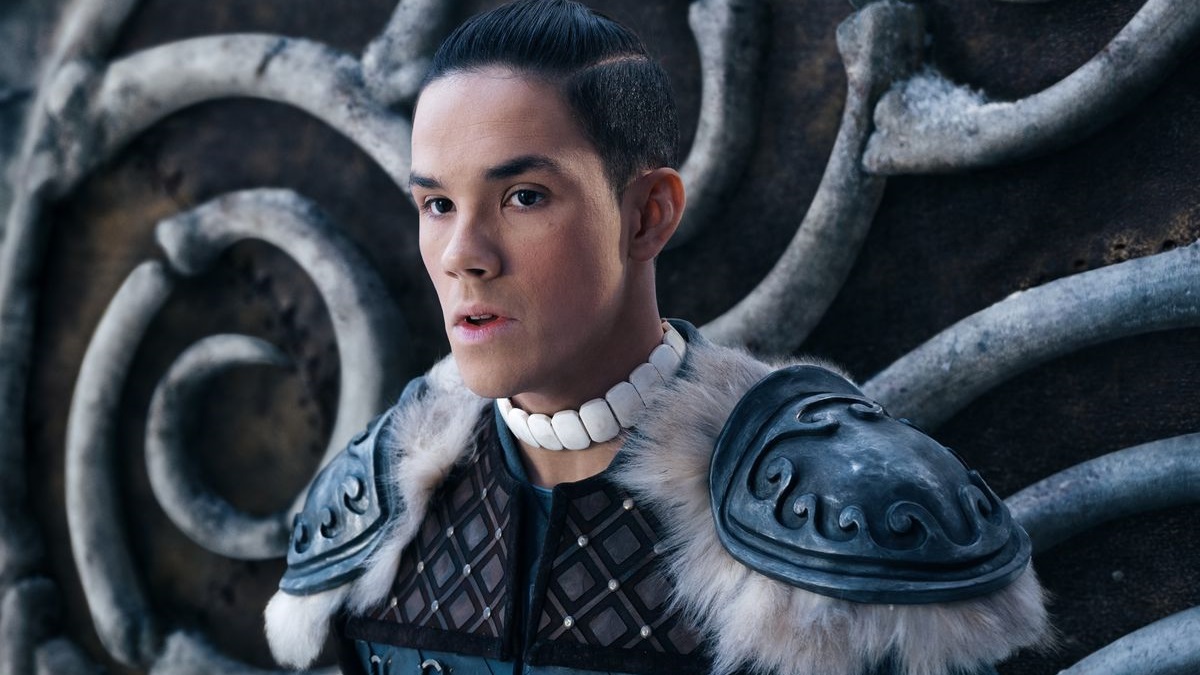At last, it seemed that the devoted fans of Avatar: The Last Airbender would be getting the live-action adaptation they deserve. Throughout its three seasons, the Nickelodeon animated series explored complex themes in a love letter to anime.
Which is what made M. Night Shyamalan’s cursed live-action film, The Last Airbender, all the more heartbreaking. Maintaining none of the humor of the original, the film failed to capture what was so special about the series. Performances were stilted, the bending looked awkward, and the characters were whitewashed for some reason.
The Netflix adaptation seemed to be heading in the right direction. Following the success of the platform’s One Piece series, it seemed that Netflix could really pull this together. However, the creators, Bryan Konietzko and Michael Dante DiMartino, left the project, causing a dark shadow to form over the adaptation. Reasons for their departure had been vague, citing creative differences but little else. The closer the premiere of Netflix’s Avatar nears, however, the more concerned we are all becoming. And the more we can start to understand why the creators left. While the new live-action series seems closer to hitting the mark, there are still creative casualties. Namely our favorite boomerang-loving Water Tribe hero, Sokka.
Is Netflix’s Avatar: The Last Airbender ruining our beloved Sokka?

While the discourse of Shyamalan’s interpretation of Avatar: The Last Airbender is essentially beating a dead horse at this point, there are some points worth revisiting. In addition to casting white actors as Indigenous characters, Sokka’s character was an issue. It cannot even be called character assassination because Sokka seemed to cease to exist in the 2010 film. There was no sign of his trademark humor, his tactical intelligence, or any character arc.
Netflix is righting this wrong but is still making a major fumble. In an interview with Entertainment Weekly, Kiawentiio, who plays the role of Sokka’s waterbending sister Katara, revealed some insight into the character.
“I feel like we also took out the element of how sexist [Sokka] was. I feel like there were a lot of moments in the original show that were iffy.”
For many fans of the show, this is a concern. While this interpretation is no doubt well-intentioned, it lacks the nuance of the original series. In the first scene Sokka appears, he is undoubtedly problematic. He dismisses Katara’s waterbending abilities and makes the Water Tribe statement equivalent to women belonging in the kitchen. This opinion could be a product of the mid-aughts time that it premiered in, as many things have not aged well. But it’s not.
Konietzko and DiMartino have long demonstrated dedication to good storytelling and character development. Gender politics have been at the forefront of their minds since the inception of their series. They revealed on the podcast Braving the Elements (via CBR) that they fought the network to allow them to portray the headstrong earthbender master Toph as female.
Their advocacy for these characters has always been paramount, and Sokka’s character is purposeful. Every single one of these characters goes through monumental change (Do we have to cite Zuko’s supremacy over the best redemption arc of all time?). And though Sokka is often used as character relief, he is instrumental to the team. In season 1, Sokka confronts his misconceptions about gender. Coming from a small tribe where all the men are off to war and he takes a leadership role, he has never had the chance to have a different perspective.
After meeting Suki and the Kyoshi warriors, he quickly changes his tune. He learns that women come in all flavors, even going so far as to accept dressing in their traditional female garb and respecting their way of life. Sokka has a carefully planned character arc, and confronting his sexism is just the first step.
Netflix seems to be missing the point of Avatar: The Last Airbender

If Netflix is axing Sokka’s character turn, it is a mistake. More than that, it may be indicative of a larger problem. Characters have flaws and change. That is what makes television — and storytelling in general — so compelling. Removing Sokka’s character arc makes one wonder if they understand him at all. Furthermore, it makes one wonder if Netflix understands the monumental undertaking of Avatar: The Last Airbender. Jabbar Raisani, an executive producer on the live-action project, pushed anxiety about the adaptation even further when speaking to Entertainment Weekly:
“We just wanted to make sure audiences didn’t think they were getting a kids’ show. We want to ensure that our show is for all ages.”
The reason that the animated series has such rewatch value is because of the story. Adults who were Aang and Katara’s age when the series came out still return to the show to experience the themes and conflicts. Statements about the live-action are increasingly worrisome because it seems like creatives don’t understand what they are undertaking.
Yes, Avatar: The Last Airbender is geared towards children, but its themes and harrowing material make it for all ages. What kids’ show features a father burning his son’s face for simply speaking out of turn. What kids’ show demonstrates genocide, animal abuse, and brainwashing? And let’s not forget the intense bloodbending episode where an old waterbender harnesses the power of the full moon in her quest for revenge.
Avatar: The Last Airbender was never just a children’s show, and altering elements to make an already complex show even more gritty demonstrates a misunderstanding of the series. Be it Sokka’s character or the reason the Fire Nation attacked, all fans want is for the original material to be respected. No one wants the Netflix series to be a failure. We can only hope that when the series premieres on Feb. 22, it lives up to its overwhelming reputation,

